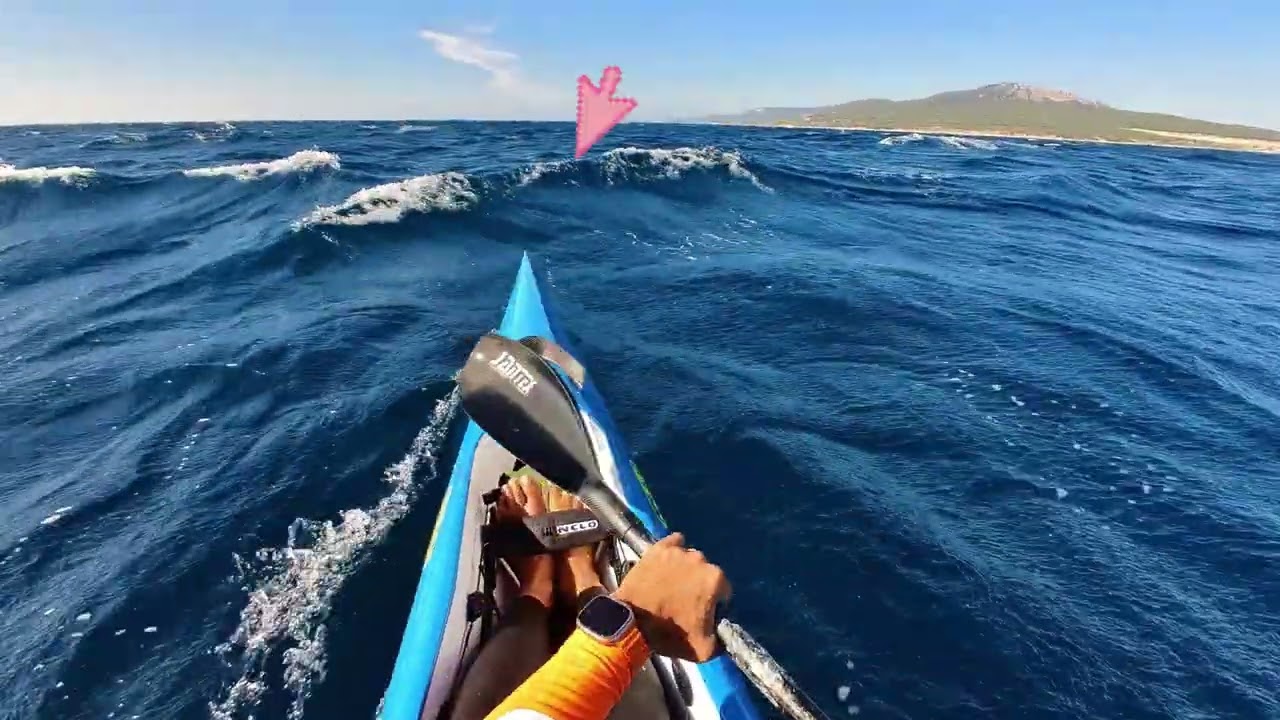The Unlikely Analogy: Bobsled vs. Downwind Surfski Paddling
In the world of sports, few comparisons might seem as outlandish as likening bobsledding to downwind surfski paddling. Yet, beneath the surface, there's a fascinating parallel that speaks to the core of both disciplines: the transition from propulsion to pure glide.
The Bobsled Paradigm:
When you watch bobsledding, there's a moment that's critical yet often overlooked. After the sprint start, where athletes push their sled to gain initial velocity, there comes a point where the sled outpaces human legs. Here, the athletes must leap into the sled, transitioning from running to sliding. This shift is all about minimizing resistance; once inside, every move is calculated to ensure the sled slices through the air with as little drag as possible. It's about focusing on the slide, optimizing every angle for speed.
Downwind Surfski Paddling: The Brace Stroke Mastery:
Now, imagine you're out on the open water, the swells rolling beneath you, pushing your surfski forward. Much like the bobsled, there comes a time in downwind paddling when you're no longer the primary mover; the wave takes over. This is where your technique, particularly the brace stroke, becomes crucial.
The Art of the Brace Stroke:
- Minimizing Drag: Just as a bobsledder must minimize drag by streamlining their body within the sled, in surfski paddling, the brace stroke is your tool to reduce resistance. It's not just about keeping upright; it's an active method to slice through the water with minimal drag. By extending your paddle out to the side and leaning onto it, you stabilize yourself without breaking your forward momentum.
- Stability at Speed: When the wave beneath you is moving faster than your paddling can keep up, stability becomes paramount. The brace stroke here acts like a safety net, allowing you to adjust to the dynamic conditions of the wave. It provides a counterbalance, ensuring you don't capsize when the swell decides to take you on a wild ride.
- Efficiency in Motion: This stroke isn't just about survival; it's about efficiency. By using the brace, you're not only keeping your surfski on track but also conserving energy. You're not fighting the water; you're working with it, much like a bobsledder doesn't fight the track but uses it to their advantage.
The Synergy of Speed and Technique:
Both sports teach us the same lesson: there's a time to push and a time to ride. In bobsledding, once you're in the sled, it's all about the slide. In surfski downwind paddling, once you're on the wave, it's all about the glide—and the brace stroke is your ticket to a smoother, more efficient ride.
Whether it's the icy tracks of a bobsled course or the ever-changing patterns of ocean swells, the essence of these sports lies in recognizing when to let go of control and when to master the art of minimizing resistance. This analogy not only highlights the technical similarities but also celebrates the athletic intuition required to excel in such dynamic environments.
So next time you're out on your surfski, think of the bobsledders: once you catch that wave, focus on your brace, ride with the rhythm, and let the water do the work. It's all about that sweet spot where speed meets technique.
How to do a brace stroke in downwind:
- Support the brace on top of your knee on the same side you are bracing.
- Allow the paddle to bounce gently skimming the water surface at a 45 degree angle outward and back from the surfski cockpit.
- Hook the paddle with your thumb and don´t squeeze your grip.
- Practice equally on both sides.
